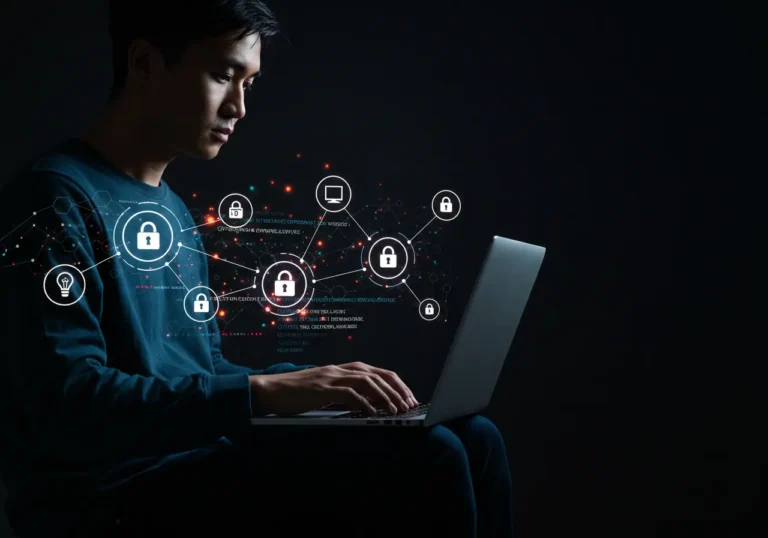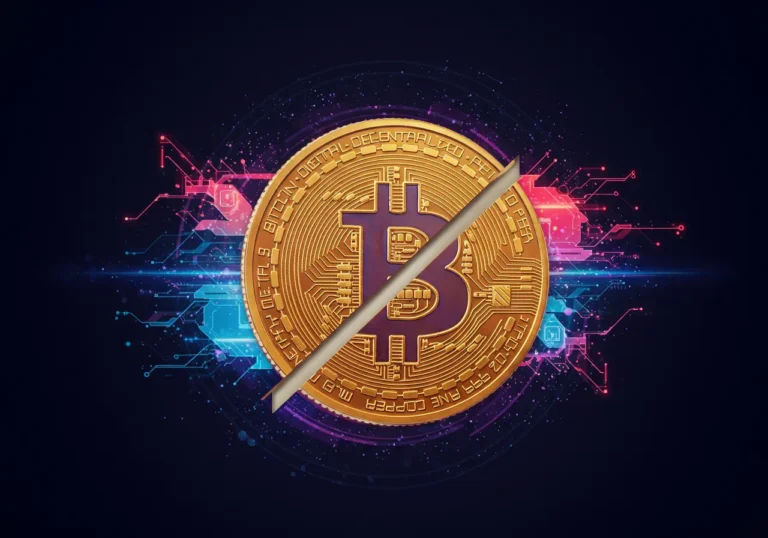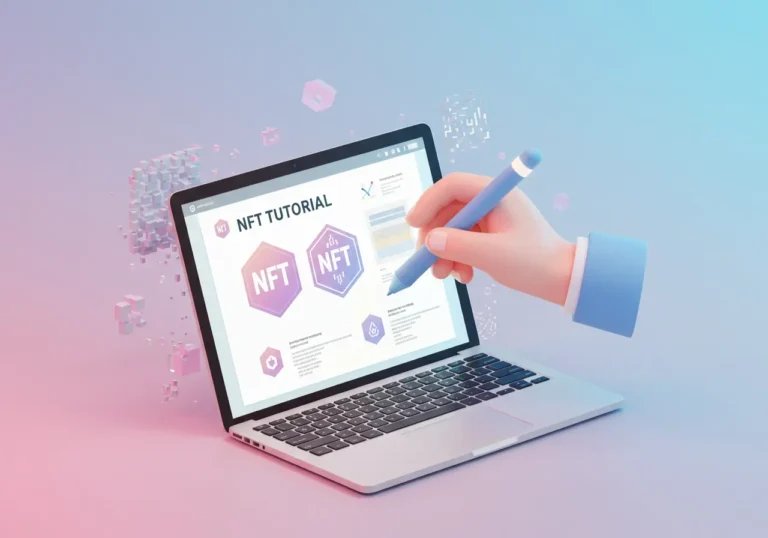2FA for Crypto: Your Easy Shield Against Hackers
So, what’s 2FA for crypto? It’s like adding a second lock to your door. Your password’s the first one, and then there’s this extra step—like a code from your phone—that proves it’s really you. Simple, right? But it’s crazy how much safer it makes your account.
Stick with me here. I’ll show you why it matters, how it works, and how to set it up without any hassle. By the time we’re done, you’ll wonder why you didn’t do this sooner.
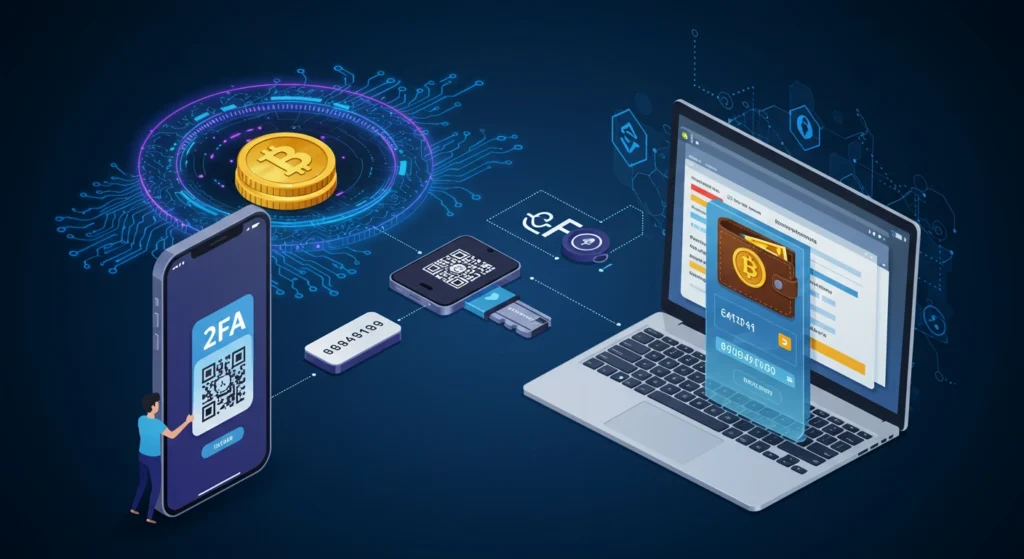
Why You Need 2FA for Your Crypto
Crypto’s awesome—it’s like money you can hold in your pocket without anyone else controlling it. But that also means if someone snags it, there’s no bank to call for help. Once it’s gone, it’s gone. That’s why locking down your cryptocurrency account is so important.
What Happens Without It
A couple of years ago, hackers stole over $600 million in crypto. That’s wild, right? A big chunk of that happened because people skipped two-step verification for their digital wallets. Without it, all a thief needs is your password. Maybe they guess it, or they trick you with a fake email. Either way, your account’s toast.
I’ve seen it hit close to home. That near-miss with my own crypto? I’d left my account wide open with just a password. Dumb move. Now I know better, and I’m here to make sure you do too.
How 2FA Saves the Day
Think of it like this: your password’s the key to your car. 2FA is the steering wheel lock you add on top. Even if someone swipes your key, they can’t drive off without cracking that second part. For your crypto, that second part’s a code only you’ve got. Hackers hate it because it stops them cold.
How Does 2FA Work?
Alright, let’s keep this simple. 2FA just means two steps to log in. You put in your password, then you add something else—like a code—to show it’s you. It’s not rocket science, even if tech stuff isn’t your thing. Here’s how it can look.
The Ways You Can Do It
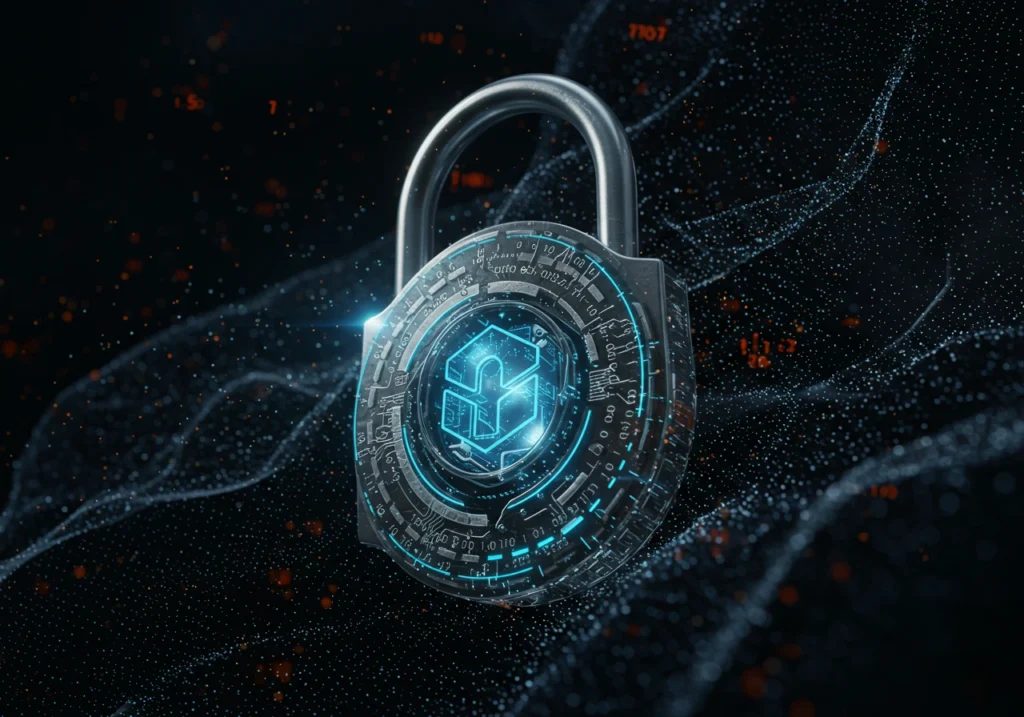
There are a few options for this extra layer of security for your digital transactions. Check these out:
Text Messages
You can get a code texted to your phone. Log in, type your password, and boom—your phone pings with something like 528491. Pop that in, and you’re good. It’s easy as pie, but sometimes hackers can mess with texts. It’s not perfect, but it’s a start.
Apps on Your Phone
Or you can use an app—like Google Authenticator. It makes a new code every few seconds, like 194872. When you log in, you grab that number from the app and type it with your password. I love this one—it’s quick and way harder to hack.
Little Gadgets
If you’re extra careful, there’s a hardware key—a tiny thing you plug into your computer or tap on your phone. No codes to mess with; just use the key, and you’re in. It’s like a VIP pass for your account. Super safe, but it costs a bit more.
Which one sounds like your style?
Getting 2FA Set Up
You might be thinking, “Okay, this sounds smart, but how do I do it?” Relax—it’s a piece of cake. Most crypto sites—like exchanges or wallets—walk you through it. Here’s the gist, plus a few tricks to keep it safe.
Steps to Turn It On
Here’s how it usually goes:
- Log into your account like normal.
- Poke around in the settings—look for “security” or something similar.
- Spot the two-factor authentication option and click it.
- Pick what you want—texts, an app, or a key.
- Follow their little guide. For an app, you might scan a barcode with your phone. For texts, just add your number.
Done! Next time you log in, you’ll do the password plus that second step. Takes five minutes, tops.
Heads-up: They might give you backup codes—like a secret list of numbers—in case your phone goes missing. Jot those down and stash them somewhere safe. I keep mine in a notebook by my desk.
Keeping It Secure
To make sure this two-step authentication for your virtual currencies does its job, here’s what to watch:
- Lock your phone: Use a passcode or fingerprint so no one can sneak a peek at your codes.
- Keep quiet: Those codes are yours—don’t share them, even if someone asks nicely. It’s probably a trick.
- Stay sharp: Hackers love sending fake messages pretending to be your crypto site. If it looks fishy, check the real site yourself.
Screw-Ups to Avoid
Even with 2FA, you can trip over a few things. Let’s dodge those mistakes together.
- Lousy Passwords: Don’t slap 2FA on a weak password like “1234.” Make it tough—like “RainyDays2023!”—so the first lock’s solid too.
- Forgetting the Switch: Get a new phone? Move your 2FA over or set it up fresh. I forgot once and got locked out for a day—ugh.
- Falling for Scams: Ever get a text like, “We need your 2FA code to fix something”? It’s a lie. Real sites don’t ask for that. Trust your gut.
Skip these slip-ups, and your enhanced security for your cryptocurrency transactions will be rock-solid.
Let’s Wrap This Up
Your crypto’s worth protecting—it’s your money, your effort, maybe even your big plans. 2FA is like a trusty guard dog keeping the bad guys out. It’s easy to set up, and it could save you from a disaster like Jake’s. I sleep better knowing my coins are locked down tight—don’t you want that too? So, what’s stopping you? Go set up that secure account with two-factor authentication today!
Quick Rundown
- Crypto’s a target—hackers want it, and 2FA keeps them away.
- No bank’s bailing you out if it’s stolen, so lock it up.
- It’s two steps: password plus a code only you know.
- Texts, apps, or keys—apps are my go-to for ease and strength.
- Setup’s a breeze in your account settings.
- Protect your phone and watch for tricks to keep it working.
- Strong passwords and updates keep it tight—don’t slack.
- It’s your two-step verification for greater cryptocurrency security, plain and simple.
So, ready to give it a shot?
Table of Contents

Hello, I’m Edmilson Dias, founder of CoinBringer. I created this platform to guide people through the fast-moving world of cryptocurrency with clarity and safety. With years of research in blockchain and digital security, my goal is to translate complex topics into practical knowledge, offering reliable tutorials, safety insights, and guidance for both newcomers and experienced users.
Discover more from CoinBringer
Subscribe to get the latest posts sent to your email.


